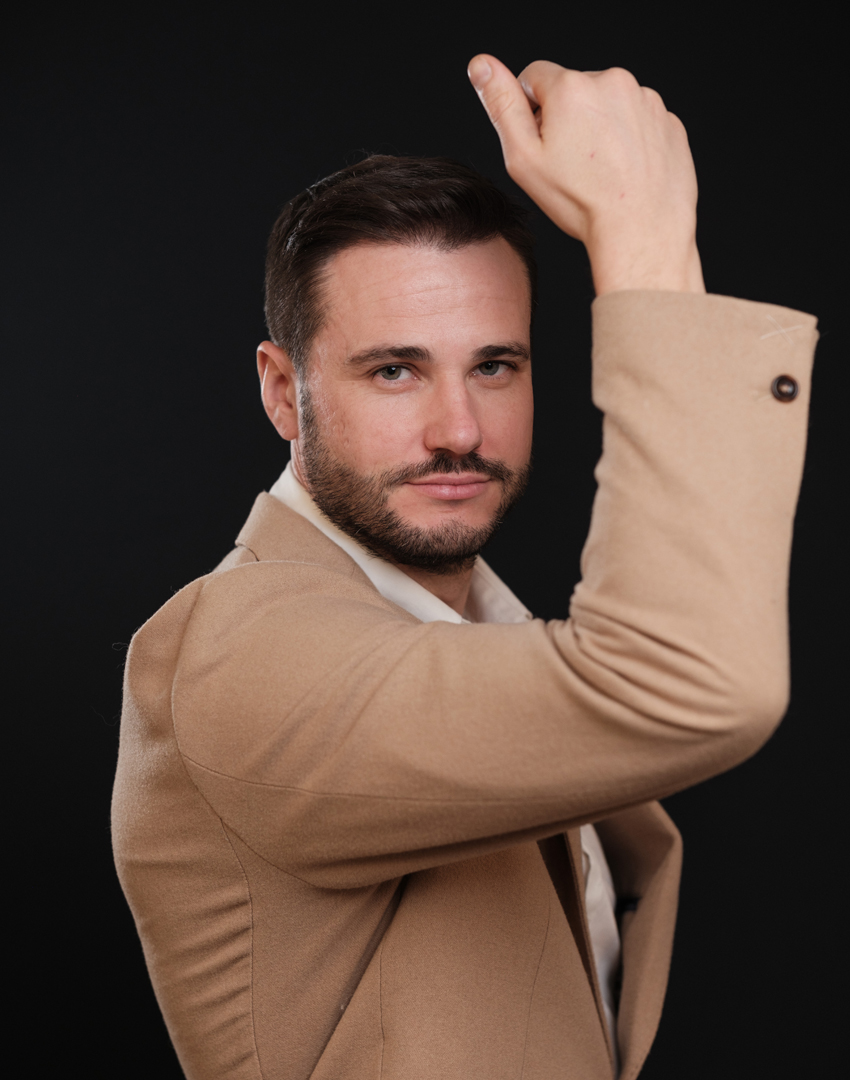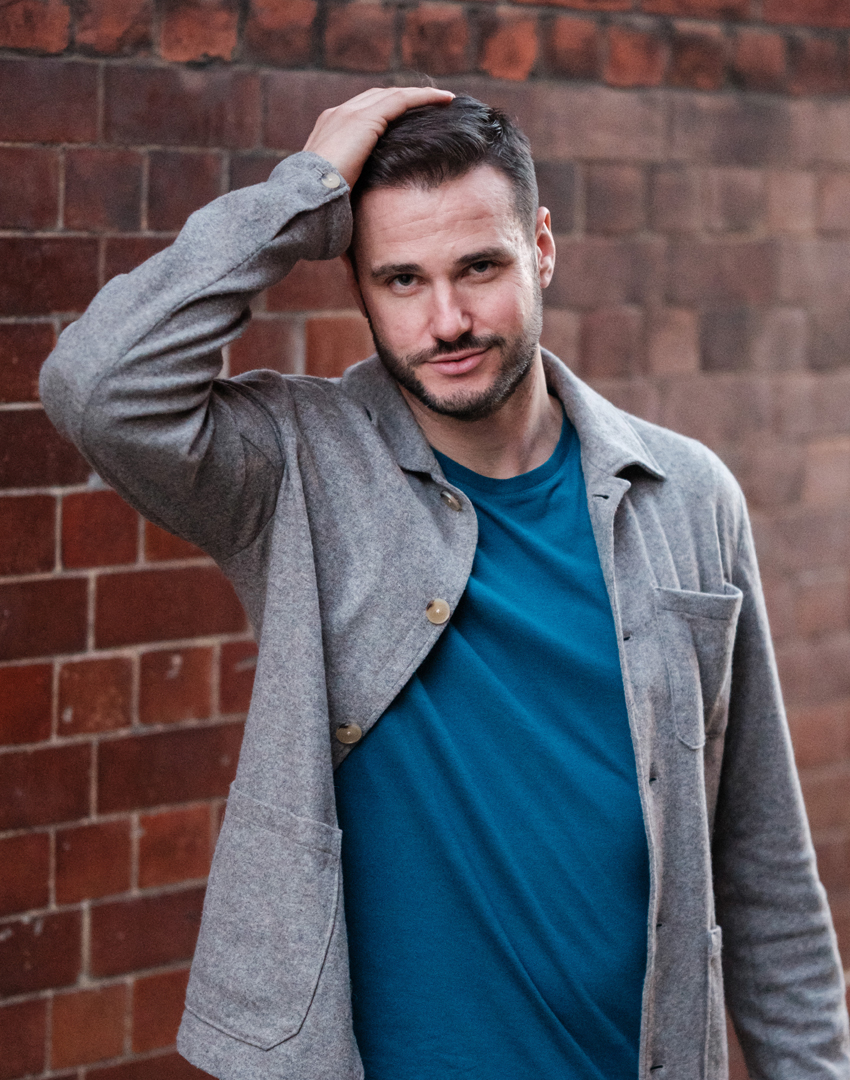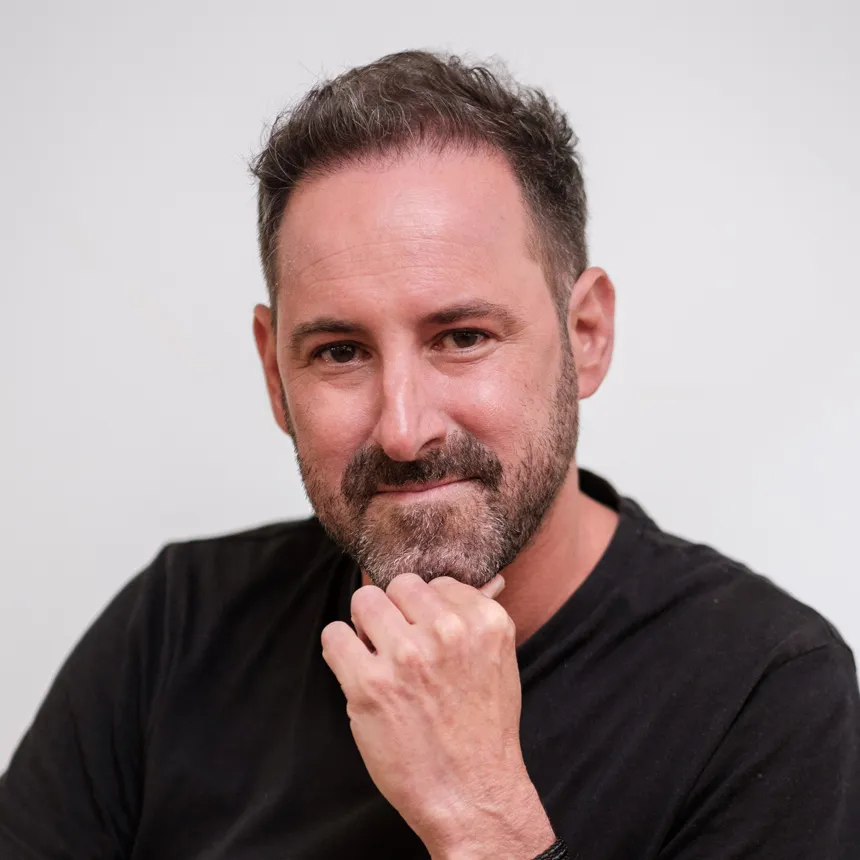Rob owns an architectural metalwork company. He first noticed hair loss when he was around 26 years old. His hairline was gradually receding more and more, along with thinning on his crown, but when his friends started to comment on his hair loss, it made him feel very self-conscious, and he started to think more and more about having a hair transplant.
After researching treatment options and then seeing several hair restoration consultants, Rob felt unsettled that he could not find a solution that seemed right and made him happy. His partner stepped in to help and began looking for ‘the best of the best’; that’s when they found Dr Tam. Rob was 33 by then and looking to restore his hair to how it was a few years before.


During the preassessment process and in-person consultation at the clinic, it became clear that Rob’s hair restoration treatment would be a two-step process - treating the frontal area first, waiting and reassessing the result before moving on to treat the crown area.
The frontal area of Rob’s scalp still had a reasonable amount of his native hair in place, certainly compared to other common patterns of hair loss that surgeons usually see. With a receding hairline, for example, the recipient area is clear and free of native hair, and grafts can be very densely placed.
In Rob's case, his native hair had to be considered carefully to avoid any potential damage that would accelerate his hair loss further. To achieve the best result, Dr Tam had to be extra careful to maintain the integrity of his native hair while adding in the transplanted hair. Not an easy job!
As always, Dr Tam employed his Treatment Area Mapping and Measurements (TAM+M) technique to accurately measure the treatment area and calculate the exact number of grafts and hair follicles required to achieve the optimal hair density for Rob, considering his native hair, and creating a natural-looking result that Rob could style however he wanted.
Rob's total treatment area was 57.95 cm2. The procedure transplanted 3,192 grafts. This resulted in a whopping 6,924 hairs, with 492 single hair follicles (remember, Rob still had a lot of his native hair at the hairline, so he required fewer single hair grafts), 1,668 double hair follicles, and 1,032 triple hairs for additional frontal density. Of course, this might sound like a lot of grafts and other hair transplant clinics may have suggested the use of fewer grafts, but this is why Dr Tam gathers so much data before the day of surgery – running density checks alongside the TAM+M calculations – to ensure that he does the maths on the amount of work and graft transplantation required to achieve a great result. Without calculation, there is only guessing; you will not get that from Dr Tam. While it is easy to undertreat an area, the result will not be the same, and it will look patchy. More grafts mean more hair and more density for a natural look; using fewer grafts is simply a missed opportunity. Transplanting more grafts into an area is technically more complex than standard practice, requiring smaller, custom-made tools to extract and transplant grafts. It takes more work hours, is more mentally and physically challenging for the surgeon, and requires additional support staff and equipment to prepare individual hair follicles for placement, but the result is worth it.
The before and after photographs taken twelve months apart show a significant visual improvement in Rob’s hair. The volume has substantially increased while still looking very natural. Rob now has many different options for styling his hair, but he has chosen to style it upwards - one of the more demanding hairstyles for transplanted hair! Good for you, Rob!




Dr Mark Tam explains the benefits of an assessment.


In order to save patients time and unnecessary costs, Dr Tam requires a pre-consultation screening to assess your suitability for surgery based on supplied photographs.
This form of assessment will only serve to give you an idea of whether you are likely to be suitable for a Hair Transplant, as well as providing you with a rough price estimate for the area you wish to have treated.
This assessment is complimentary but does not replace the need for a full consultation.
Once you have submitted your details along with the 3 required photos Dr Mark Tam will assess your suitability and you will receive a full report via email.
Recommended image types for uploading include JPG/JPEG and PNG.
Please do not press the back button or refresh the page after pressing the submit button.
* - Required field




























